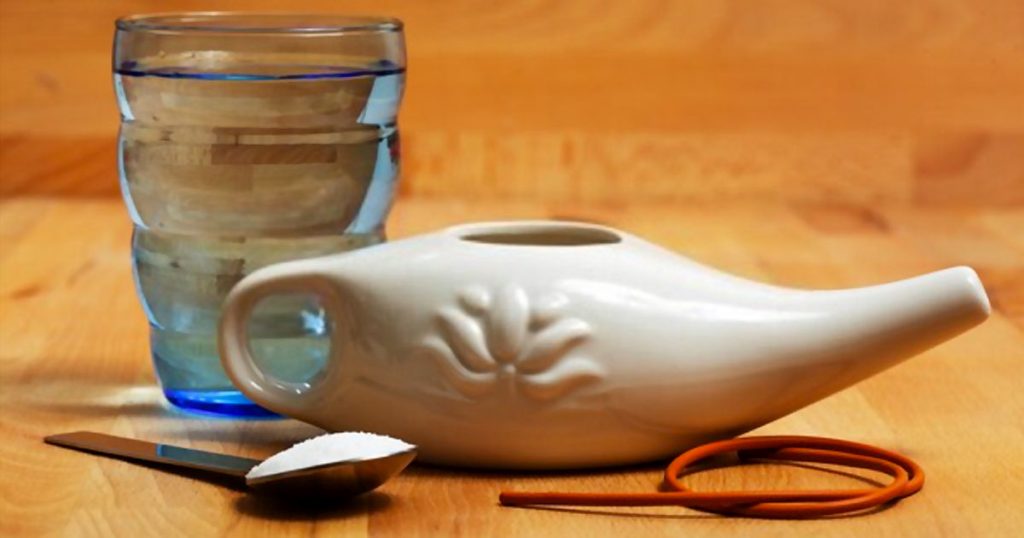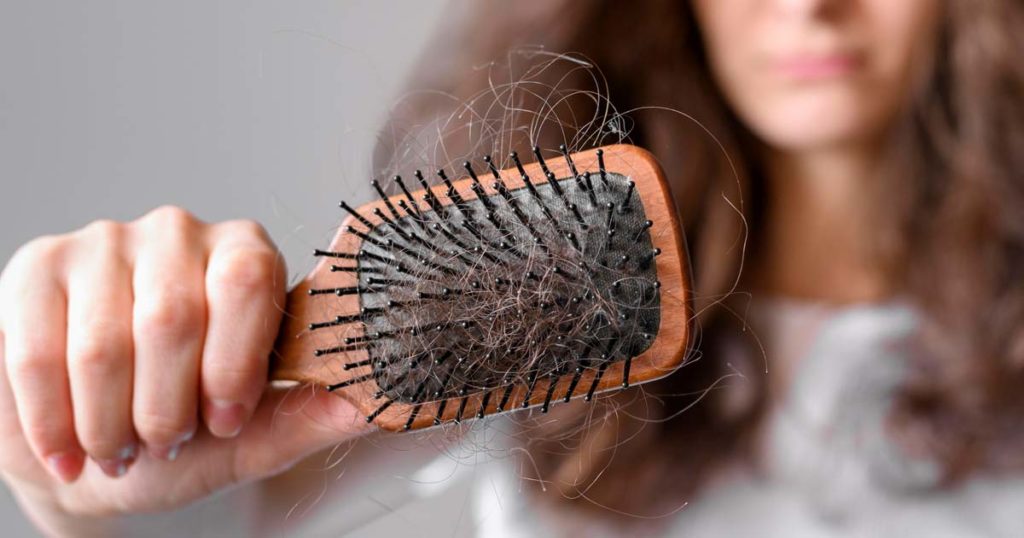Spring and summer can be stressful for those suffering from sinus pain and infection. Sinus symptoms include pain around the nose, eyes, teeth and a feeling of pressure behind the face. If you suffer from sinusitis or just some spring-time nasal congestion due to allergies, hayfever, and irritants such as dust and snow mould, you might benefit from the ancient practice of nasal irrigation.
An increasingly-popular method of nasal cleansing is accomplished with the use of a neti pot, also known as a nose bidet, nasal douche, nasal rinse and nasal cleansing pot. Many ear, nose and throat specialists suggest the use of nasal irrigation as an alternative to medications. Found in drugstores in the Cold and Allergy section, neti pots look like mini teapots and can be made of plastic, ceramic or metal.
History of Nasal Cleansing
The practice of “Jala Neti,” nasal cleansing with water, was developed by practitioners of yoga in India thousands of years ago. As one of the aims of yoga is to marry a healthy mind with a healthy body, various breathing exercises called “Pranayama” were thought to bring the life force, “Prana,” into the body.
As it was the power of the breath that moved the Prana in and out of the body, spreading the life force throughout the cells of the body, if the power to breathe deeply was hampered, so were the efforts to reach an expanded consciousness.
This concept birthed the practice of nasal irrigation, and what initially started with a slurping of water from the palm of the hand into the nose, evolved into the creation of the neti pot to make the process more efficient. Over thousands of years, the practice spread beyond yoga practitioners to those needing relief from sinus pain.
Neti Pot Use: Pros
Using a neti pot to relieve pain from sinuses and nasal congestion involves the pouring of a saline solution into one nostril and letting it run through the other while keeping the mouth open to breathe, relying on gravity and head positioning to rinse the outer sinus cavities and relieve pressure.
The removal of mucus (containing inflammatory agents) that is simply too thick to be passed via the cilia, can decrease inflammation, open up the sinus passages, and provide relief to those suffering from sinus pain.
Steps for using a Neti Pot

- Mix your saline solution (usually comes with your neti pot purchase) or your homemade solution and fill the neti pot as per the instructions.
- Facing a sink, bend over approximately 90 degrees (70 or 80 should do as well), and turn your head to one side so that your nose is almost parallel with the sink.
- Insert neti pot spout into nose (make sure when choosing one that it looks like a comfortable fit for your nostril), and pour the solution into your nostril allowing it to run through the other nostril into the sink. Remember to keep your mouth open to breathe.
If you are making a homemade solution, dissolve 1/4 teaspoon (1.2 ml) of non-iodized salt into 8 ounces (237 mls) of bottled or distilled water.
Neti Pot Dangers: Cons
Like most things in life, there are both pros and cons to using a neti pot. One con is that not everyone can bend over 90 degrees and tilt the head to the correct angle easily. In this instance, a NeilMed Sinus Rinse delivered from a squeeze-bottle system may help.
As Dr. Mehta points out in “Principles of Nasal Irrigation,” one of the largest cons to the neti pot is that it relies on gravity alone, and in more severe cases does not have the pressure needed to flush out all mucus and nasal irritants. When this is the case, short-term relief can be found with the neti pot, but while most of the mucus and associated pathogens stay in place, little long-term relief is provided.
Dr. Mehta further suggests that sometimes the volume of solution needed is too large for many neti pots causing multiple mixings and applications.
A possible danger of using a neti pot is that if the head positioning is not correct, some solution can drain into the ear cavity, carrying bacteria and fungi from the sinus passages that can lead to ear infections. A simple way to minimize this risk is to make sure your head positioning is accurate and to also purchase a ceramic or stainless steel neti pot to help prevent the occurrence of any bacterial build-up.
The bottom line is that there is relief out there, and whether in the form of nasal irrigation via the use of a neti pot, or in the form of a squeeze-bottle rinse such as NeilMed Sinus Rinse, you need not suffer!
Sources:
- “The History of the Neti Pot“
- “Yoga, Pranayama and Nasal Cleansing.”
- “Consumer Health: Cold symptoms got you down? Try a neti pot”






